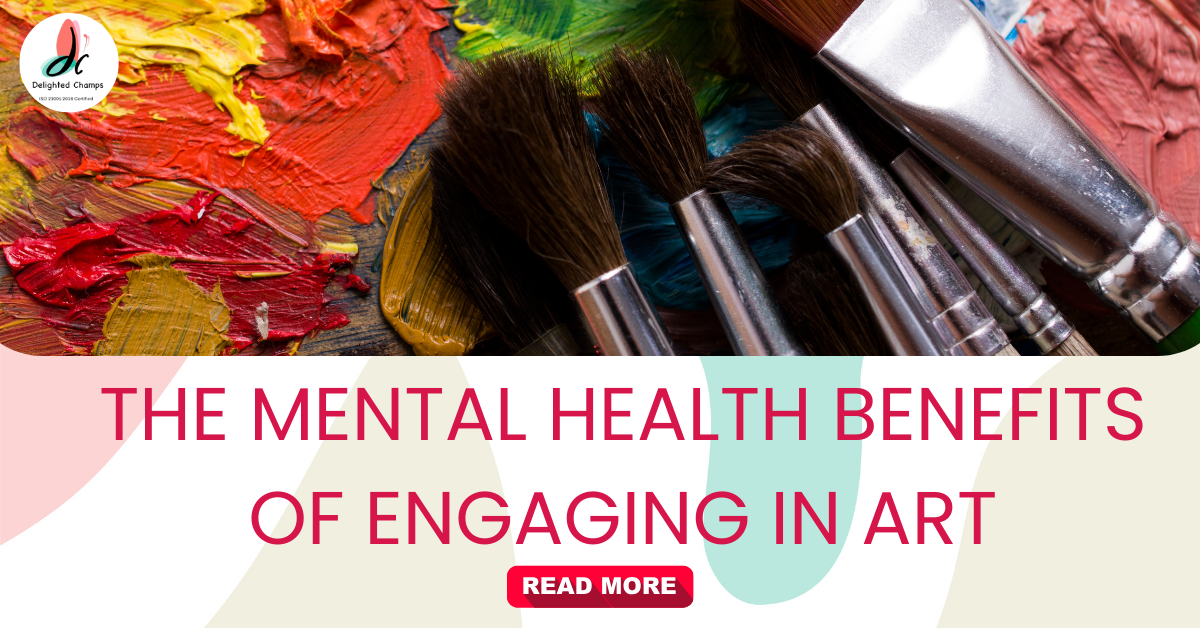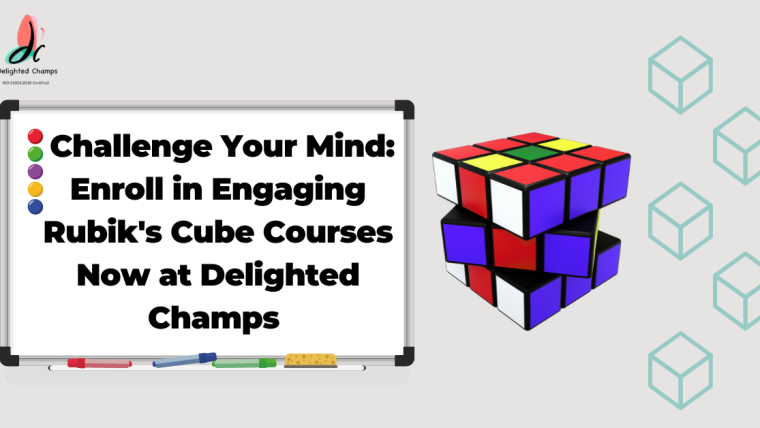Art, painting, or any other form of creativity is often viewed as a form of relaxation. But a recent study reveals how participation in the arts goes far beyond just play. Drawing and painting offers profound psychological and emotional benefits that contribute to mental wellbeing, making them essential activities for people of all ages. In this blog we will explore the science behind how art positively impacts our brains , reduces stress and improves emotional intelligence.
The Cognitive Impact of Creating Art
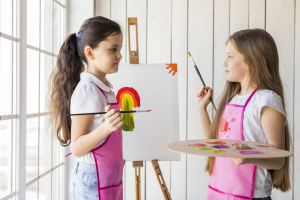
When we think of drawing or painting, most of us focus on the visual outcome—whether it’s a beautifully crafted landscape or an abstract design. However, the process of creating art sparks significant cognitive engagement. According to a study by the Max Planck Institute, engaging in art activates brain waves in a way that promotes a state of heightened focus and mental activity(ScienceDaily). This “flow state” that artists often describe is similar to what athletes experience during peak performance. It’s a period of optimal engagement where distractions fade, allowing the mind to focus solely on the creative task.
This cognitive development is not just concentration. Creating art requires problem-solving skills, critical thinking, and memory, especially when working on complex projects. The act of making an idea in your mind and translating it into tangible form on paper or canvas uses both the right (creative) and left (logical) hemispheres of the brain These two connections force muscle coordination, cognitive flexibility and problem-solving abilities.
The Emotional and Mental Health Benefits of Art
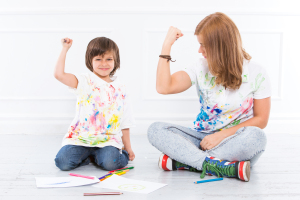
In addition to cognitive engagement, art making has a significant effect on emotional well-being in therapy. Art therapy has long been recognized as an effective treatment for anxiety, stress and even depression. According to a study conducted by the American Art Therapy Association, individuals who participated in art therapy showed reduced levels of cortisol—a major stress hormone. When you engage in artistic expression, your brain releases dopamine, often referred to as the “feel-good” hormone, which improves mood and motivation.
In a world constantly filled with distractions and pressures, art allows for a moment of reflection. Like meditation, creating art helps individuals focus on the present moment, thus reducing anxiety and promoting relaxation. This is especially important in our fast-paced, technology-driven lives, where taking time to disconnect and focus on something calming like drawing or painting can give us perspective.
Art and Emotional Intelligence: Understanding and Expressing Complex Feelings
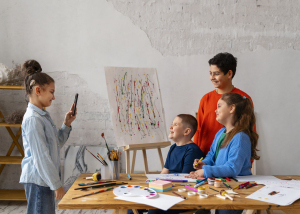
A less obvious but equally important benefit of art is its role in developing emotional intelligence. Emotional intelligence is the ability to understand, interpret, and manage your own emotions as well as those of others. Engaging in creative activities, such as drawing or painting, allows individuals to explore their emotional state, making it easier to express emotions that would otherwise remain suppressed.
Art is often used in therapeutic settings to help people deal with difficult emotions. Whether dealing with sadness, joy, or anger, artistic expression provides a great way to explore these emotions without verbalization. This process can be especially useful for children and adults who have difficulty expressing their feelings in words. According to research from the Max Planck Institute, art can stimulate areas of the brain associated with cognitive processing, allowing a person to become more engaged with their emotions.
Art as a Coping Mechanism in Difficult Times
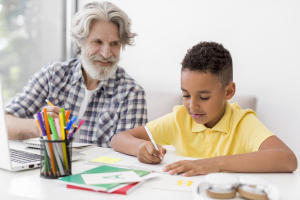
A less obvious but equally important benefit of art is its role in developing emotional intelligence. Emotional intelligence is the ability to understand, interpret, and manage your own emotions as well as those of others. Engaging in creative activities, such as drawing or painting, allows individuals to explore their emotional state, making it easier to express emotions that would otherwise remain suppressed.
Art is often used in therapeutic settings to help people deal with difficult emotions. Whether dealing with sadness, joy, or anger, artistic expression provides a great way to explore these emotions without verbalization. This process can be especially useful for children and adults who have difficulty expressing their feelings in words. According to research from the Max Planck Institute, art can stimulate areas of the brain associated with cognitive processing, allowing a person to become more engaged with their emotions.
Figures and Facts
- A study by the Max Planck Institute found that creating art activates both the right and left hemispheres of the brain, enhancing cognitive flexibility and problem-solving abilities.
- Research shows that regular engagement with art can lower cortisol levels by up to 25%, significantly reducing stress.
- According to the American Art Therapy Association, participants in art therapy reported a 20% increase in emotional intelligence after engaging in creative activities.
Conclusion: The Benefits of Online Drawing Classes
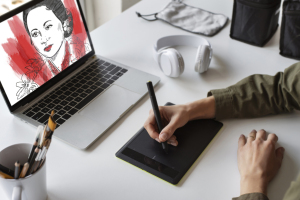
Given the tremendous benefits of engaging in the arts, it’s no surprise that more and more people are turning to drawing and painting as a way to improve mental wellbeing. Whether you’re a beginner or an experienced artist, structured classes can further enhance your skills and interest. For those who want to learn or hone their drawing skills, Delighted Champs offers online drawing classes for children and adults. These classes are designed not only to teach artistic techniques but also to encourage imagination and creativity, helping participants to lead a balanced and fulfilling life. Through personalized instruction and flexible scheduling, Delighted Champs provides a supportive environment where you can explore the cognitive and emotional benefits of art at your own pace.
So, why wait? Tap into the power of art to enhance your mental well-being and unlock your creative potential with Delighted Champs’ online drawing classes today!


